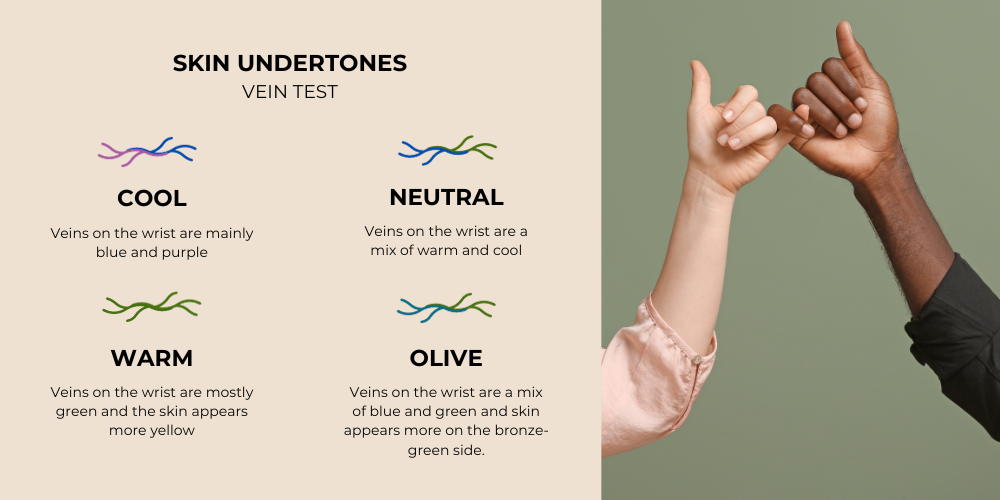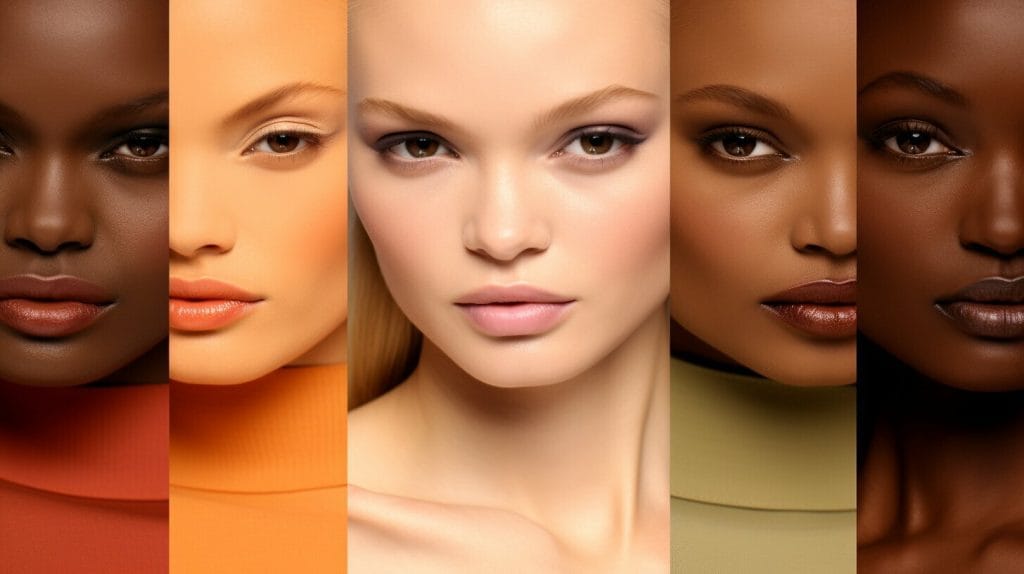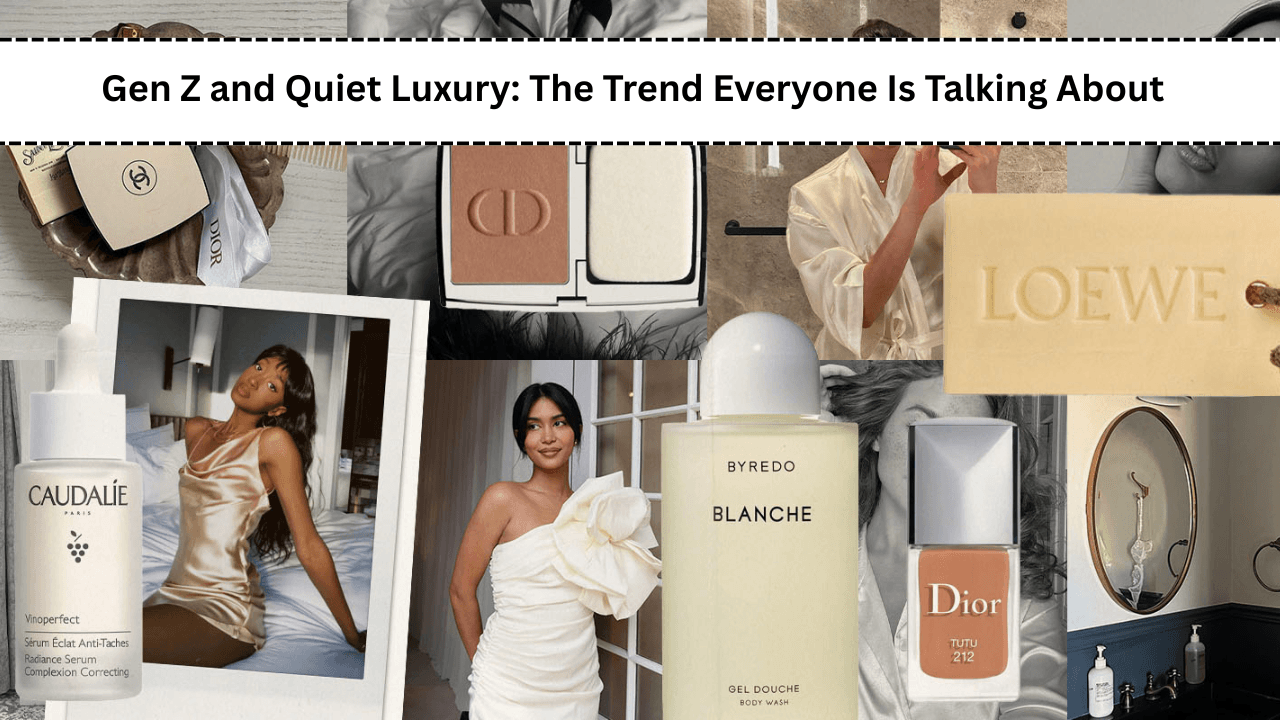Unleash Your Glow: Tailor Colors to Your Skin Tone
Colour is more than a fashion statement—it’s a visual language that communicates confidence, vitality, and self-awareness. When you understand which hues enhance your natural skin tone, your outfits become effortless statements of harmony. Let’s explore how to decode your undertone, build a fitting wardrobe, and embrace colour as your style ally.

1. What Are Skin Undertones—and Why They Matter
Your skin tone has two layers: the surface tone (light to dark) and the undertone (underlying hue). Undertones fall into three categories:
- Warm: Hints of gold, yellow, or peach.
- Cool: Traces of pink, red, or blue.
- Neutral: A balanced combination of warm and cool.
Undertones remain consistent regardless of sun exposure. Knowing yours helps select shades that make your skin glow instead of looking washed out—boosting both appearance and mood.
Simple Tests to Identify Undertone
- Vein Swatch:
- Greenish veins → Warm
- Bluish veins → Cool
- Blue-green or unclear → Neutral
- Jewellery Rule:
- Gold flatters → Warm
- Silver flatters → Cool
- Both shine → Neutral
- Draping Swatches:
- Hold gold and silver fabrics near your face; the hue that brightens your complexion reveals your undertone .
- Sun Reaction:
- Tanning easily → Warm
- Burns easily → Cool
- Burns then tans → Neutral
2. Building a Wardrobe Foundation: Neutrals & Core Hues
Once your undertone is clear, choose neutrals that ground your wardrobe:
- Warm skin: Camel, beige, warm taupe, chocolate browns.
- Cool skin: Slate grey, navy, crisp white, dove grey.
- Neutral skin: True whites, mid-greys, taupe shades.
These core colors make mixing and matching simple, allowing accent shades to shine.
3. Seasonal Palettes: Customize by Tone & Contrast
Seasonal color analysis—Spring, Summer, Autumn, Winter—is a helpful framework based on undertone and contrast (light vs. dark features):
- Spring (warm + light):
- Think soft corals, peach, aqua, light green.
- Summer (cool + light):
- Dusty rose, pastel blue, lavender, soft grey.
- Autumn (warm + deep):
- Earthy tones like olive, burnt orange, mustard, rich browns .
- Winter (cool + high contrast):
- Jewel tones like emerald, royal blue, true red, bold black-white combo.
These palettes help simplify decisions, from shopping to putting together outfits.

4. Universal and Accent Colours: Add Personality
While seasonal palettes guide most choices, some shades work well on nearly anyone:
- True red, teal, eggplant (deep purple), blush pink, charcoal grey are universally flattering.
Use these as wardrobe staples when exploring outside your season.
Accents tailored by undertone:
- Warm: Rust, amber, olive, coral—adds warmth and energy .
- Cool: Sapphire, emerald, icy pinks—creates clean, fresh contrast .
- Neutral: Teal, mauve, beige-cherry—versatile swoops of color .
5. Contrast Tech: Match Intensity Carefully
Not all skin tones pair best with bold contrast—balancing depth is key:
- High contrast features (e.g., dark hair + fair skin): Opt for strong contrasts like black-white or vivid jewel tones.
- Medium/low contrast: Choose softer shades—for example, grey-navy or earthy greens.
Matching contrast makes outfits harmonious with your natural coloring.
6. Makeup & Accessories: Complete the Look
- Jewellery:
- Warm skin: Gold, bronze, copper.
- Cool skin: Silver, platinum.
- Neutral: Comfortable with either.
- Makeup:
- Warm undertones: Peach or coral lips/blush.
- Cool undertones: Rose or pink tones.
- Neutral: Balanced shades that echo core colors.
- Accessories:
- Scarves, hats, bags in accent shades create cohesion and flair.

7. Why This Approach Elevates Your Style
- Boosted Radiance: Best shades brighten your complexion.
- Efficient Wardrobe: Less impulsive shopping—more wearable outfits .
- Confidence Lift: Feeling aligned with your palette enhances self-esteem.
- Flattering Imagery: Photos turn out better when colors and skin tone harmonize .
8. Take These Simple Steps Today
- Check veins and jewelry to identify undertone.
- Build your neutral wardrobe foundation.
- Discover your seasonal palette based on tone/contrast.
- Add accent colors and universal staples.
- Coordinate your makeup and accessories.
- Test in daylight—real color shows when the light is right.
- Adjust as season, hair color, and personal preference evolve.

Embrace Color, Embrace Yourself
Colour theory is your stylistic guide, not a rulebook. It simplifies choices, boosts confidence, and brings clarity to your closet. But personal joy and self-expression come first—if a hue makes you smile, wear it proudly!
When you dress in harmony with your natural coloring, you don’t just look polished—you feel aligned. And that confident energy? It’s the most stunning color you could ever wear.
References
• Undertones & draping methods
• Seasonal palettes & colour boosts
• Makeup, accessories & wardrobing logic
must read – zkfundaweb.com





Post Comment